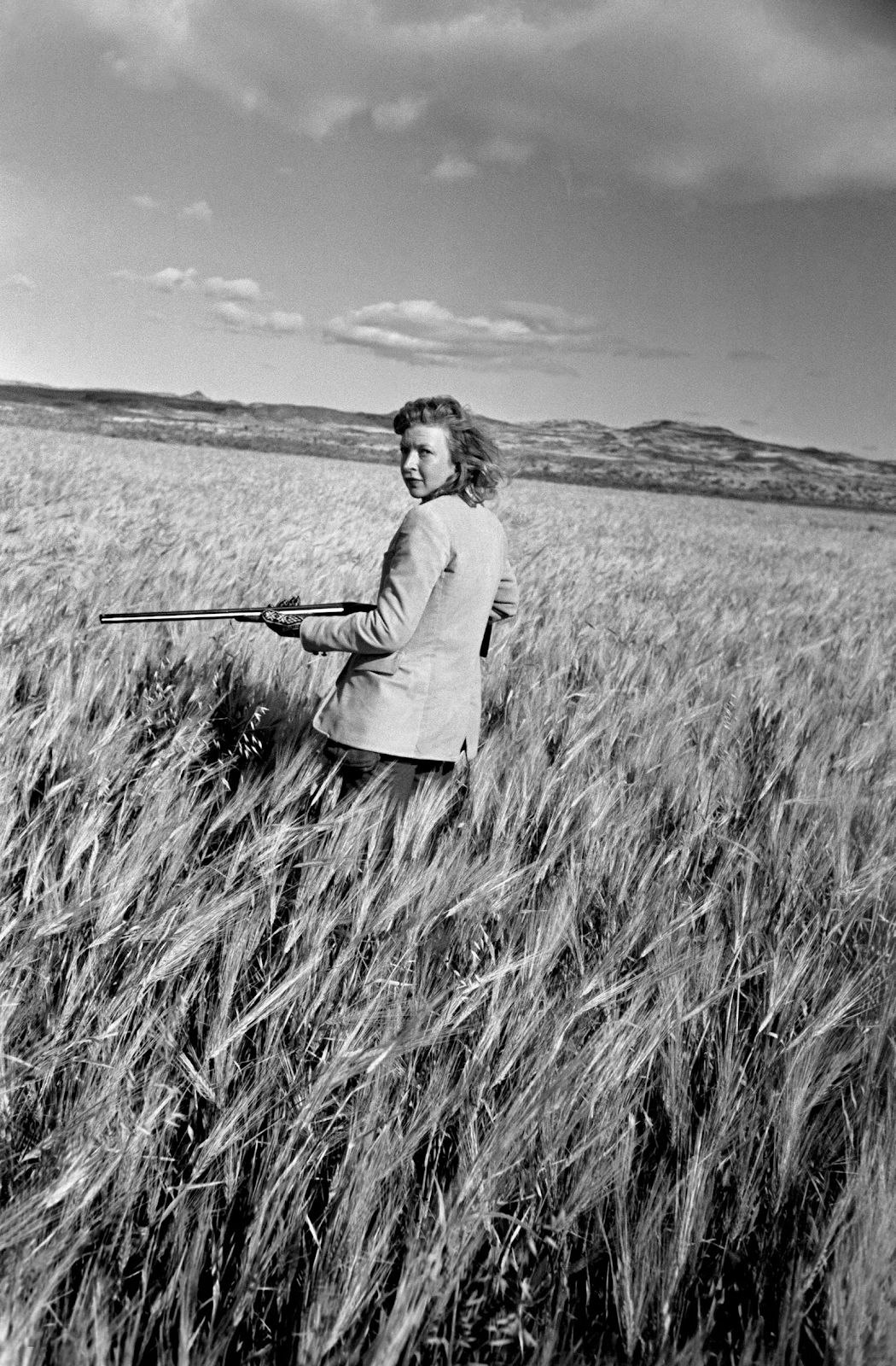The Adventures of Martha Gellhorn
 |
| Photo: Gellhorn, Credit: Britannica |
While it may be common to see female journalists in war zones today, there was a time when women were not allowed to be writers, let alone report in these places. As one of the first female war correspondents, Martha Gellhorn spent her career covering stories during times of unrest.
Gellhorn was born Nov. 8, 1908, in St. Louis, Missouri. She attended Bryn Mawr College in Pennsylvania, but decided to leave during her freshman year in 1972 to start her career as a writer. After contributing to several publications, she landed her first job with The New Republic, a progressive political magazine, and then the Albany Times Union newspaper.
 |
| Photo: New York Times |
Starting at the New York Times bureau office, she did not have much luck and was turned down for all the jobs she applied to. After much difficulty, she landed at United Press during the First World War.
Gellhorn was fired after reporting that a man associated with the UP had sexually harassed her. During the 1920s, there was very little protection from sexual harassment in the workplace, leaving women exiled and unemployed.
After losing her job with the UP, she picked up various jobs writing for newspapers and covering fashion for Vogue. She traveled Europe during the late 1920s but returned back to the United States in the early 1930s.
Gellhorn quickly formed a relationship with First Lady Eleanor Roosevelt and even lived in the White House. During her two months there, she assisted Eleanor with correspondence and her column in Woman's Home Companion.
 |
| Photo: Military History Matters |
This relationship helped Gellhorn get hired as a field investigator for the Federal Emergency Relief Administration. She toured the country, reporting on the Great Depression. Gellhorn documented how the depression was affecting everyday Americans, as well as those experiencing unemployment, homelessness and hunger.
In 1936, she wrote The Trouble I've Seen, accounting all of her experiences. From the desperation of men emasculated by unemployment, to children who had to be told to forget about their desires, Gellhorn captured what everyone was experiencing. She was only 25 at the time, making her one of the youngest reporters tasked with telling the story of the Great Depression from the perspective of Americans themselves.
She had the chance to investigate all of these tough topics before becoming a foreign correspondent. Her first war assignment involved covering the Spanish Civil War for Collier's Weekly.
 |
| Photo: PBS |
While in Spain, she covered the bombings of Barcelona and soldier's stories about life in the trenches. Later published in 1968, A Stricken Field, describes the oppression of the Gestapo and Prague. She also included her reflections on her experiences while trying to convey the events as news.
In 1940, she married Hemingway and shortly after received a job offer from Collier's to go to China. Hemingway was convinced to go along. They met with Madame Chiang Kai-shek, the first lady of the Republic of China, on April 14, the day after Josef Stalin signed a nonaggression pact with Japan.
Gellhorn and Hemingway quickly ran into marriage troubles prompted by Gellhorn's dedication to her reporting. Hemingway did not understand what these jobs meant to her.
She accepted a job in 1943 that took her to Cassino, Italy. Here she covered stories of orphans and French Army efforts against the Germans. Troubles climaxed in 1944 when Hemingway stole Gellhorn's Collier's credentials and went to England to cover the expected Allied invasion at Normandy.
 |
She went on to cover the Battle of the Bulge, the liberation of Dachau, the Nuremberg trials, the Arab-Israeli wars and the Vietnam War. Gellhorn covered almost every war and military conflict during her career.
At 81 years old, she reported on the invasion of Panama in 1989, while also publishing multiple books and novels about her reporting and travel experiences.
Gellhorn passed away Feb. 15, 1998, in London. She went through a long battle with ovarian and liver cancer.Despite many hardships and setbacks during her early career, Gellhorn endured and is now known as one of the greatest war correspondents of the 20th century. Her works documented the most influential events during that century and she continues to be an inspiration to female journalists and war reporters today.
 |
| Photo: Something Rhymed |
No comments:
Post a Comment